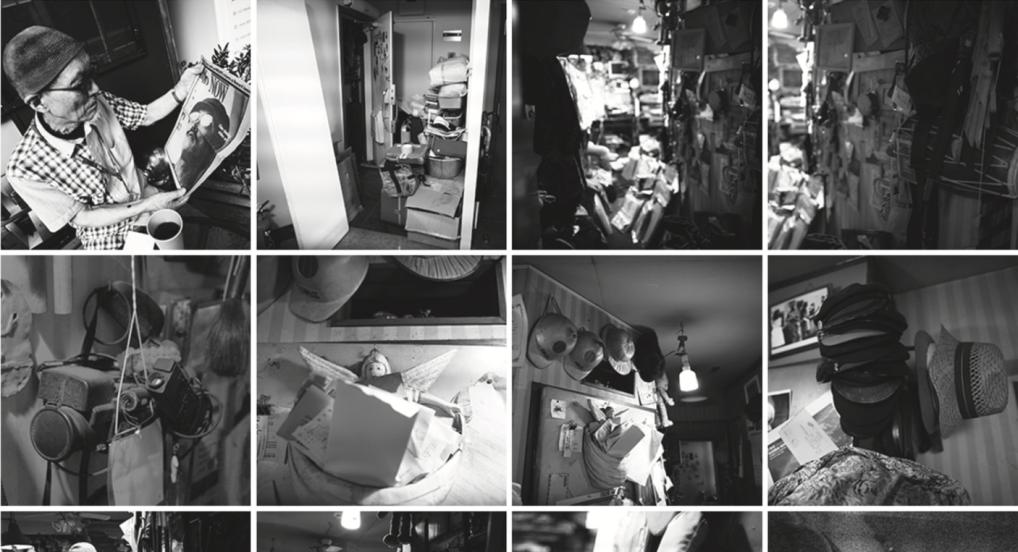Guests Ko Nakajima, Barbara London, Alexander Zahlten, and Fusako Matsu will help us celebrate the beta launch of CCJ’s Viewing Library beta testing version with a discussion around Nakajima’s works with screenings. In addition, Nakajima is offering a free screening of his key work, My Life for the month of January!
Plus (!), for members only, we are beginning a 4-month long study of Ko Nakajima’s newly digitized titles, courtesy of Keio University Art Center. In January, we are coordinating with Keio University. Art Center’s “My Life Study” project, and will available for viewing for CCJ Members, the 2019 version of My Life and related materials.
CCJ’s research on Nakajima’s works began with the 2018 Collection Survey.
EST / 1/12/23, 7:00 PMJST / 10/13/23, 9:00 AMFree with Registration
Ko Nakajima began his career in experimental animation with the creation of works such as Seizoki (1964). At his solo exhibition at the Sogetsu Art Center, a space for avant-garde art in 1960s Tokyo, he produced Seizoki by painting directly on the film between screenings. His perennial interest in integrating new technologies, exploring the potential of film, video, and eventually computer animation, joined his desire to explore human intersections with nature, as seen in his Biological Cycle series (1971-); he created the first work in the series, Biological Life (1971-), by copying manipulated film footage onto video, then further manipulating the work with a video synthesizer. In 1971, Nakajima established Video Earth Tokyo, the pioneering video-art collective. Nakajima used one of the earliest available portable video recorders to document Video Earth Tokyo performance pieces and teach the new technology. Video Earth Tokyo members created works, broadcast works on cable television, and participated in international exhibitions and emergent CG (computer graphics) conferences. In 1982, Nakajima introduced his Aniputer. Aniputer technology allowed wide access to creation of video animation, as this personal portable computer integrated with a video camera, developed in collaboration with Japan Victor Company (JVC), allowed any user to directly manipulate video and images on a screen, creating animations in real time. Nakajima used his expertise manipulating film, photography, and video with computer technology to create what is perhaps his best known work, Mt. Fuji (1984), a ninety-minute rhythmic meditation on nature, spirituality, and perspective.
Barbara London’s curatorial projects have focused on video and new media. She joined the curatorial staff at the Museum of Modern Art in the early 1970s, where she founded the video exhibition and collection programs. While at MoMA, she organized many media exhibitions and one-person shows, including "Video from Tokyo to Fukui and Kyoto. She led the acquisition of works by Laurie Anderson, Nam June Paik, Shigeko Kubota, among others. Her book, Video Art: The First Fifty Years was published by Phaidon in 2020. She produces the podcast series, “Barbara London Calling.” London has taught in the Sound Art Department at Columbia University, and in the Graduate Art Department at Yale from 2014-2019. Read full bio: About – BARBARA LONDON
Alexander Zahlten is a Professor of East Asian Languages and Civilizations at Harvard University. His work focuses on popular film and media in Japan and East Asia. Publications include his co-edited volume Media Theory in Japan (Duke University Press, 2017, with Marc Steinberg) and his book The End of Japanese Cinema (Duke University Press, 2017). Recent publications include “Between Two Funerals: Zombie Temporality and Media Ecology in Japan” in positions: asia critique (2021) or “Before Media Mix: The Electric Ecology”, in A Companion to Japanese Cinema (David Desser, ed., 2022).
Graduated from Musashino Art University, Moving Image Division, Fusako Matsu researches photography and animation. Participated as an artist in VIDEOFORMS, a film festival in France with Ko Nakajima. Matsu leads the archives and research of artists Yõji Kuri and Taku Furukawa. https://matsufusako.tumblr.com/
The Viewing Library is a web-based subscription service offered to institutions and researchers through our Viewing Platform. Its goal is to make a range of Japanese experimental works accessible on-demand to an international community of educators, students, and interested individuals.
In January 2023, we will launch the beta version of the Library. In this early stage, the platform will be accessible only to a few trial users - but with their feedback, in the coming year the full version of the Viewing Library will be launched and open to application by all, along with a re-vamped online viewing platform.
